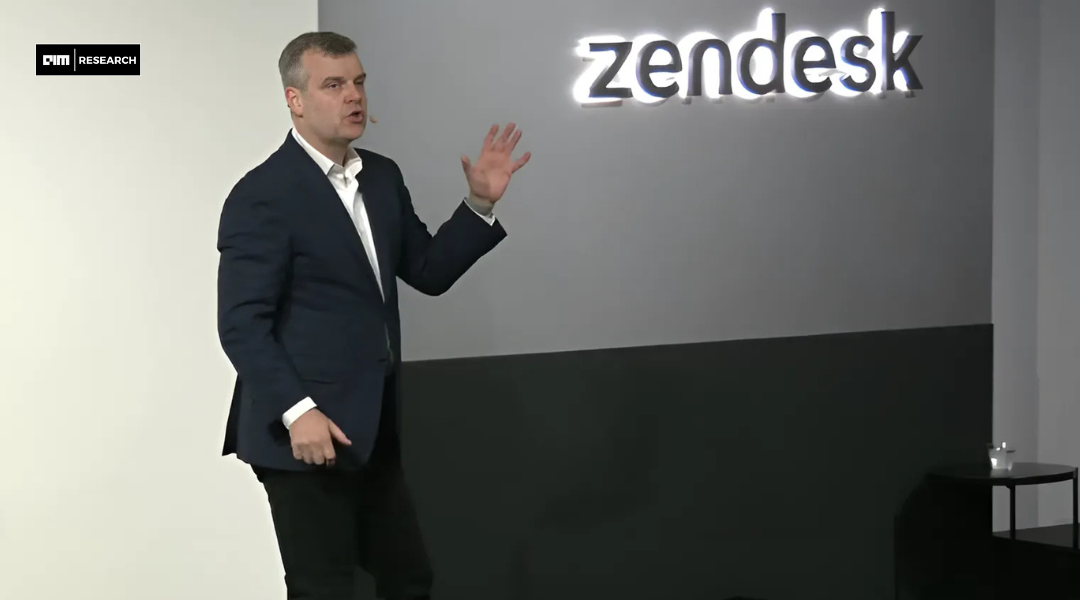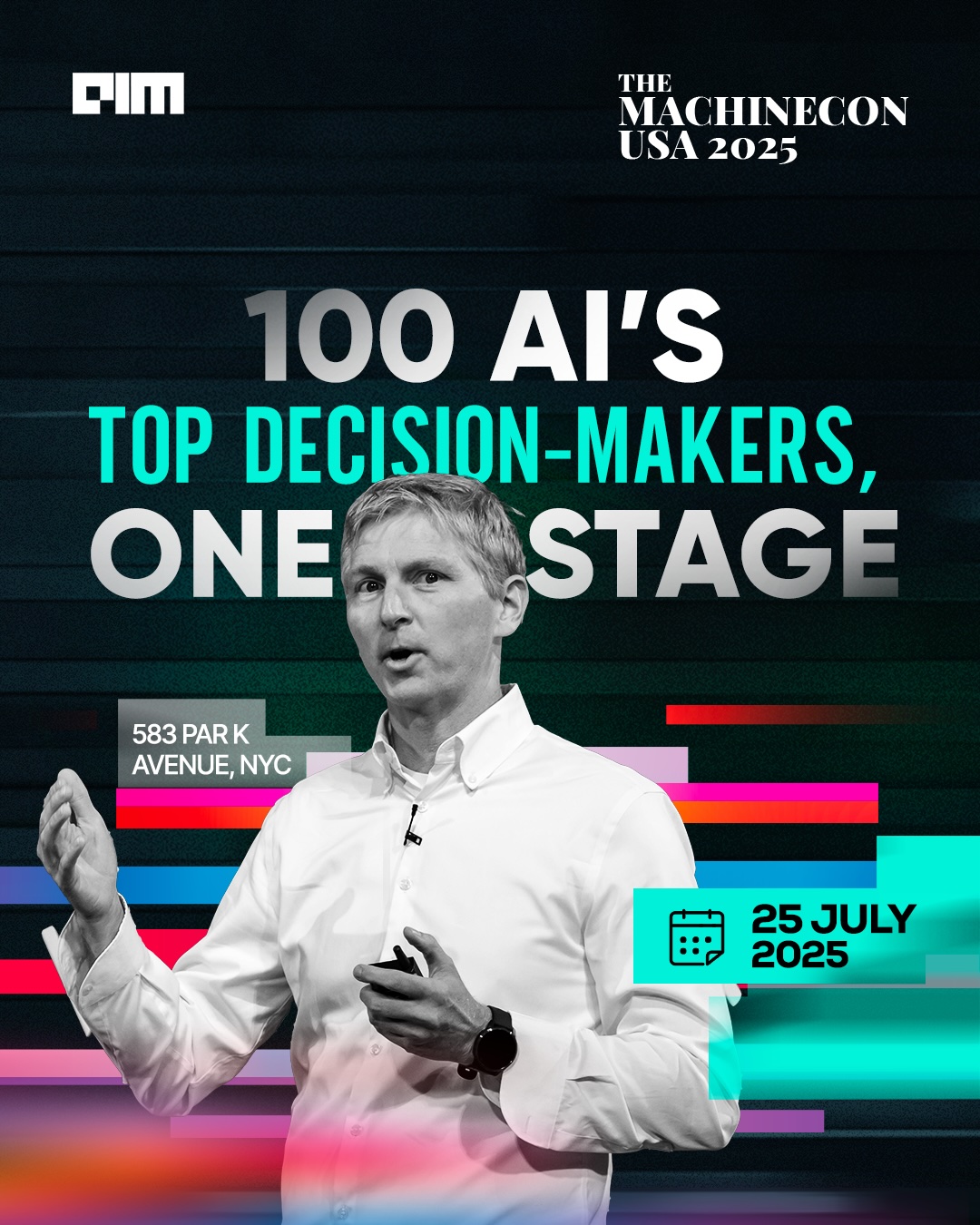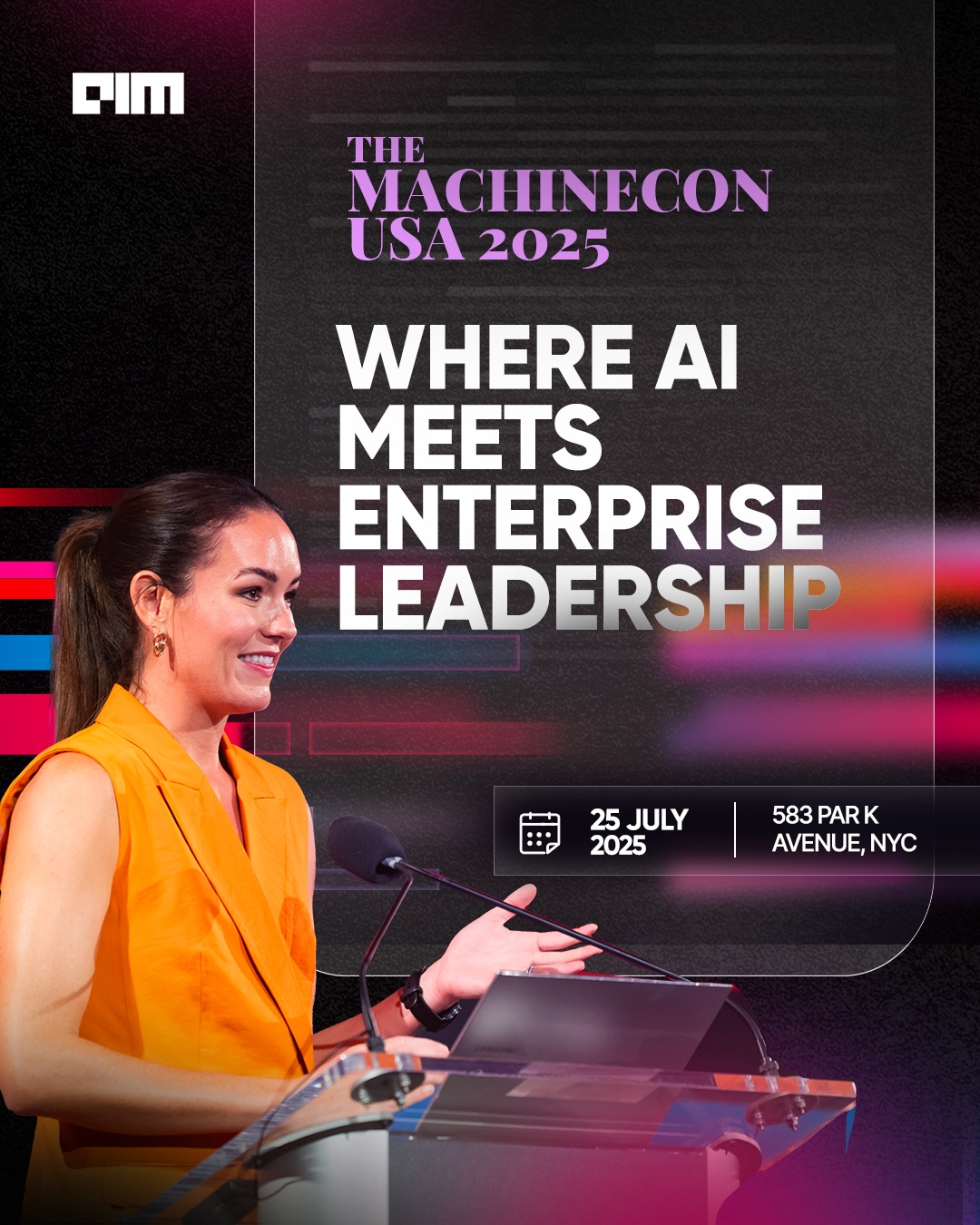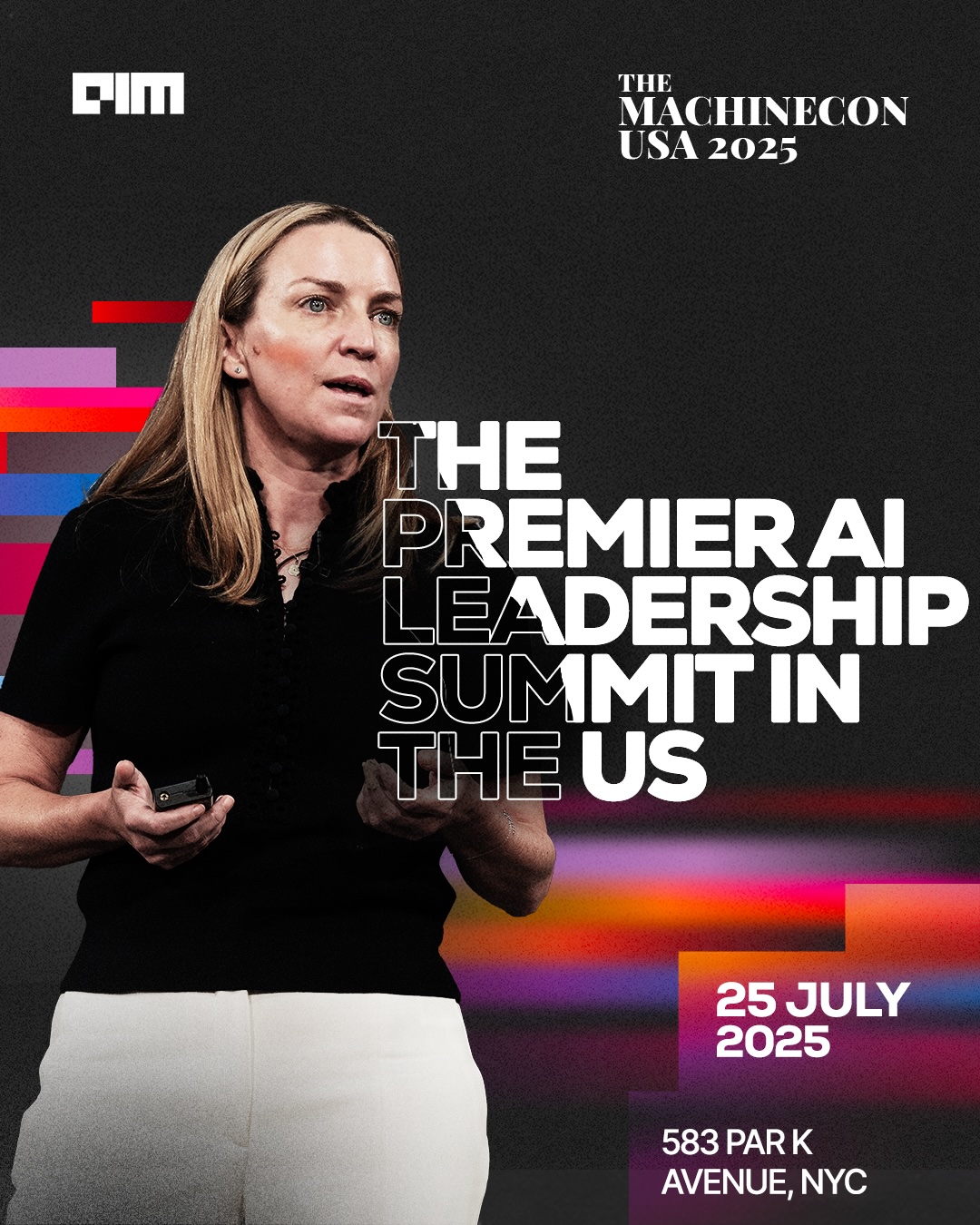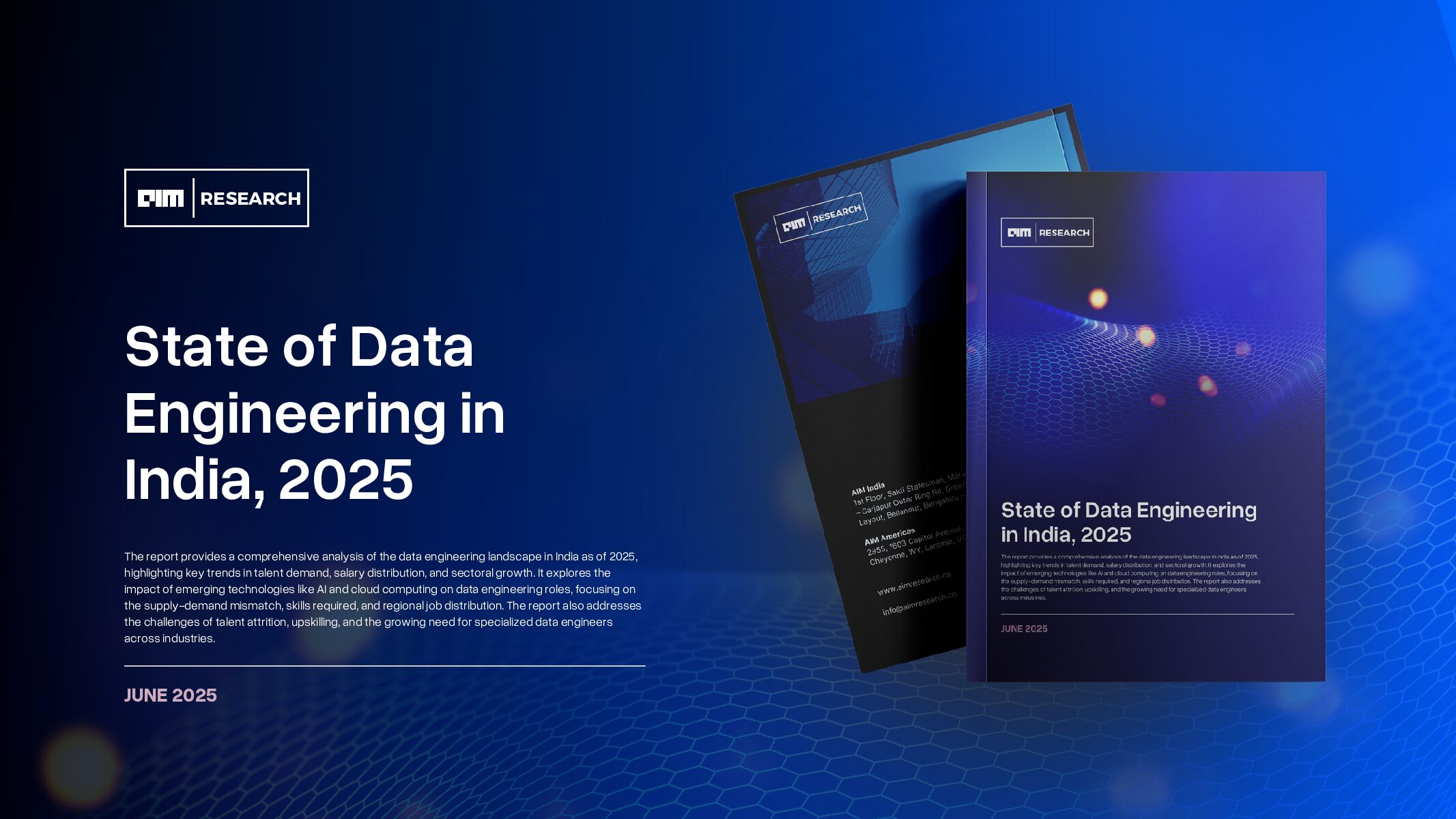Zendesk CEO Tom Eggemeier has a bold prediction that within the next five years, AI will handle up to 80% of customer inquiries without needing a human in the loop. But before anyone repeats that AI is here to steal jobs, he wants to set the record straight. He wants to be clear on that point. “The idea isn’t to replace people,” he says. It’s to empower them by removing the parts of the job that drain them repetitive, high-volume tasks so they can focus on the work that really requires human empathy and creativity.
He anticipates that by 2025, voice AI will enhance customer experience by making consumers feel understood across various interaction channels. He also suggests that these AI agents will become more approachable and exhibit human-like qualities in their interactions.
It’s a narrative that resonates across industries. Human agents are often overworked and under-supported, spending hours answering the same questions day after day. Mistakes creep in, fatigue sets in, and customer experiences suffer. AI, by contrast, never tires, never snaps, and never needs a coffee break.
The company is fundamentally rethinking a new way of automating customer services. Central to this vision is a new class of AI the company calls Zendesk’s “agentic AI.” These are not the standard bots pulling up FAQ answers or routing tickets. They are fully autonomous digital agents that can understand customer intent, remember the context of a conversation, make decisions, and take initiative.
He insists on thinking of them as the most reliable member of a service team. They don’t just respond they resolve.
From Scripted Bots to Intelligent Agents
For years, customer service automation has largely meant chatbots that follow rigid, rule-based flows. Ask them anything outside their narrow script, and they break. Zendesk’s new generation of AI flips that script entirely. These agents are powered by large language models like OpenAI’s GPT-4o and can carry out multi-step resolutions across different support channels.
Need to reset a password, verify an identity, issue a refund, and send a confirmation email, be it anything. These agents can handle it all seamlessly without escalating to a human. And they do it fast. Zendesk has already seen results like a 92% reduction in email handling times and full automation of issue triage.
The company’s recently launched Resolution Platform is the foundation of this shift. Built to support agentic AI at scale, it allows these autonomous agents to operate with high speed and accuracy, while learning from every interaction. The platform continuously improves its ability to predict needs, offer proactive solutions, and personalize experiences.
For the customer, this means no more waiting on hold, no more bouncing between agents, and no more frustration with clunky service flows. Instead, they get instant, intelligent help that feels more like chatting with a trusted assistant than a faceless support system.
The Human-AI Partnership
Despite the emphasis on automation, Eggemeier is adamant that human agents aren’t going away, they’re evolving. “What we’re building is a partnership between human and machine,” he says. AI handles the busywork, while humans step in for the high-stakes, emotionally charged, or edge-case scenarios.
Zendesk copilot acts as a proactive AI assistant, which facilitates a smooth transition when complex service issues handled by Zendesk AI Agents require human intervention. It provides human agents with relevant insights and executes actions instantly. As the AI agents engage with more customers, they gather a wealth of data that continually sharpens their performance.
Every conversation feeds these systems with insights about what customers care about, where they’re struggling, what they expect next. This feedback loop enables the agents to become smarter, more context-aware, and increasingly personalized. Over time, the line between human and machine blurs.
Eggemeier believes this will fundamentally change how customers view AI support. Today, people often cringe at the idea of contacting customer service. But soon, they’ll prefer it. They’ll know they’re going to get fast, helpful answers maybe even better than from a human.”
AI as a Business Model
Rather than selling AI features as add-ons, the company has integrated them into its subscription pricing model. Businesses can start small with basic automation and scale up to more advanced capabilities as their needs grow.
It’s a “pay-as-you-grow” strategy that’s both accessible and adaptable. A startup might begin by automating ticket categorization, then later add AI-powered resolution flows, and eventually adopt fully autonomous agents as their support load increases.
Importantly, Zendesk’s pricing is outcome-based. Companies only pay when the AI actually solves a customer’s problem aligning incentives and ensuring that performance drives value.
Redefining Customer Experience
Zendesk is developing a Knowledge Graph to centralize all service-related information. This initiative aims to improve customer experience by ensuring that AI agents and human support staff have access to accurate knowledge, allowing them to work together effectively.
Support is no longer seen as a cost center rather a growth engine. Faster, smarter service leads to happier customers, higher retention, and stronger brand loyalty.
And for Eggemeier, this is only the beginning. “Customer service is just the first frontier,” he says. “This kind of AI will touch every part of the customer journey sales, onboarding, retention. Anywhere there’s a need for fast, intelligent interaction, agentic AI will be there.
As the CTO of Zendesk, Adrian McDermott stated, “We’ve broken down the biggest barriers to AI adoption. Customers can now use these new agentic AI agents out of the box.”

